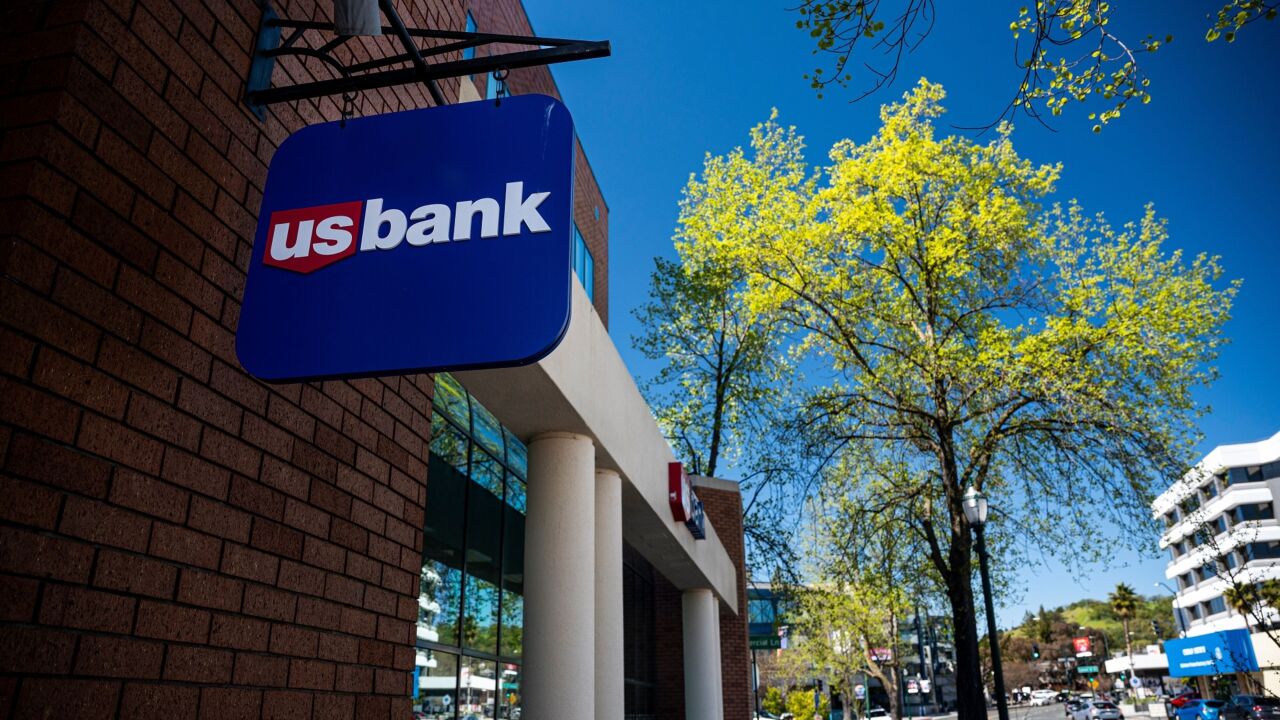Independent mortgage banks have existed for more than a century, but one could argue the important role they have played in helping millions of households realize the American dream of owning a home has never been more apparent than over the last decade.
In the years following the Great Recession, the housing market struggled to regain its footing. Even as the job market and economy improved, the U.S. homeownership rate bottomed out to a 50-year low, home sales and prices were slow to recover, and mortgage credit availability remained tight.
Fortunately, IMBs, both large and small, have been instrumental in helping to fill the void left by the many traditional bank lenders that have retreated from government lending programs and the overall mortgage market since the downturn.
Consider this: If not for nonbank lenders stepping up in recent years, thousands of aspiring first-time buyers, low- and moderate-income borrowers, minority households, service members, and veterans would have found themselves without access to mortgage credit — ultimately stuck on the sidelines without the opportunity to realize the personal and financial benefits of homeownership.
In 2017, IMBs accounted for more than 80% of Federal Housing Administration loans, 70% of Veterans Administration loans and 64% of Rural Housing Service loans. Additionally, more than 64% of minority homebuyers and nearly 60% of low- and moderate-income homebuyers in 2017 obtained their financing from an IMB.
Despite a focus on providing mortgages to underserved segments of the market, the majority of nonbank mortgage lenders are well capitalized for the risks they take, and most are closely held private companies whose owners have made substantial investments in technology and infrastructure. Their success is tied to sustainable and responsible lending, with strong incentives to manage their businesses for the long term.
Like all lenders, these firms are closely regulated, required to follow all of the same post-crisis consumer regulations that banks face, and subjected to examination, supervision and enforcement in every state in which they do business, including by the CFPB. Counterparties such as Ginnie Mae, Fannie Mae and Freddie Mac also enforce guidelines and provide significant additional oversight.
Buoyed by solid economic growth and the robust labor market, the outlook for the housing market looks bright in 2019. While affordability challenges and insufficient housing supply in several parts of the country — especially for first-time buyers — continue to suppress some sales, the Mortgage Bankers Association expects purchase activity to rise around 4% from 2018.
Regardless of how the year plays out, one thing will certainly be true: The millions of Americans who buy a home or refinance their mortgage will have benefited from a diverse and competitive mortgage industry, with lenders of all sizes and business models helping them reach their housing goals. IMBs will continue to be a critical piece of that puzzle.





